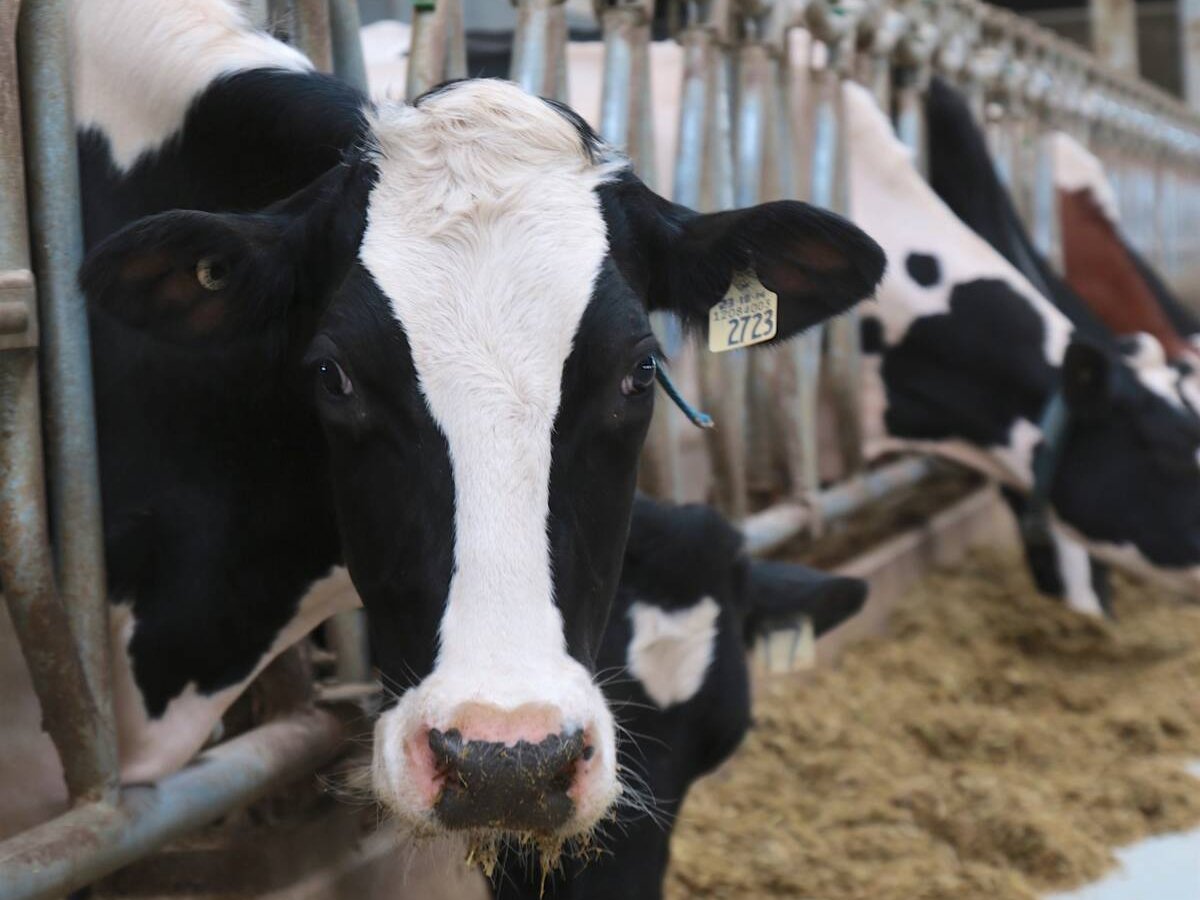EDMONTON – The federal government will put up to $200 million into
agriculture research over the next five years under its new
agricultural policy framework.
“We’re really changing. It’s not one of these cosmetic tinkering
things,” said Gordon Dorrell, acting assistant deputy minister of
Agriculture Canada’s research branch.
Part of the shift in philosophy means $100-$200 million in new money
for agriculture research instead of the recent past policy of cutting
staff and programs.
Read Also

The Organization for Economic Co-operation and Development lauds Canada’s low farm subsidies, criticizes supply management
The Organization for Economic Co-operation and Development lauded Canada’s low farm subsidies, criticized supply management in its global survey of farm support programs.
“The agricultural policy framework has introduced significant funding
for science, especially in the areas of environment and food safety, so
at the end of the day there’s more money,” said Dorrell, during an
interview at the Canadian Pulse Research Workshop in Edmonton.
He couldn’t put a specific dollar amount on the increase in funding
because the money is being divvied up between Agriculture Canada,
Health Canada and Environment Canada.
Much of that new money will be used to develop protocols and test
methods to satisfy consumer food safety needs and environmental
concerns.
“We’re not just growing something and putting it in a container car and
forgetting about it. Now there’s more to it,” said Dorrell.
European countries already have well-developed identity preservation
and food safety systems in place. They are using science to create
barriers to their markets, such as setting tolerance levels for the
amount of heavy metals allowed in food items.
Canada has to start using science to demonstrate some of those barriers
are not necessary, said Dorrell. To accomplish that, researchers need
to develop tests that will enable them to set appropriate tolerance
levels based on science.
In addition to more funding, the government is revamping the way the
research department operates.
It will no longer be organized by branches. It will be structured
around teams supporting the pillars of the new agricultural policy
framework. And instead of focusing on specific commodities, work units
will be built around issues like animal behaviour and welfare.
“This is radically new for us,” Dorrell told 150 fellow researchers
attending the pulse workshop.
One of the benefits of this new concept is that it will knock down
walls that exist in the Agriculture Canada bureaucracy, he said.
In future, research planning will be conducted with input from the
policy and marketing arms of the federal government.
“A bigger group of people are going to bring their capacity to bear on
the subject,” said Dorrell.
That will fix a disconnect that sometimes exists between the different
branches of the bureaucracy.
For instance, the marketing branch of Agriculture Canada may know that
the international community is looking for a particular colour or
quality of bean, but that information doesn’t make its way to the
research branch.
With the new way of doing things, the marketing people will share their
findings with the science community and the scientists will keep the
marketing and policy people up to speed on various research programs.
There will also be better communication and co-ordination of projects
among researchers, which should be noticeable all the way down to the
farm.
“I think the difference is if you go into Swift Current to talk about
diseases you’ll essentially be plugged into our whole disease
capacity,” said Dorrell.















